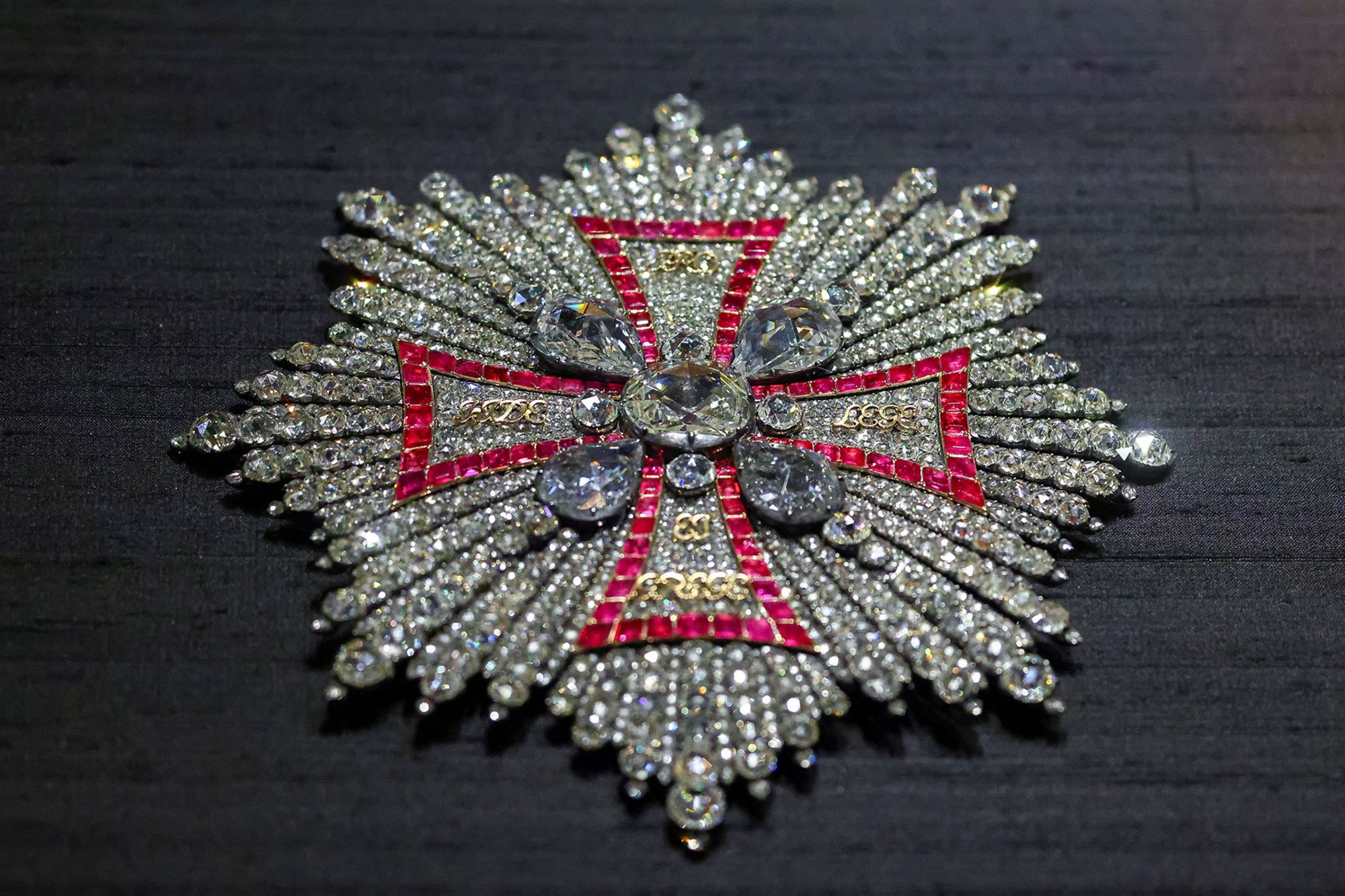Nearly five years after a daring heist at the Green Vault museum in Dresden, Germany, visitors can once again admire almost all of the stolen jewelry pieces. In November 2019, thieves made off with a collection of jewels containing over 4,300 diamonds, valued at more than 113 million euros (around $124 million). The stolen items were part of the Gruenes Gewoelbe (Green Vault) museum’s collection, located in the eastern German state of Saxony.
According to the police, most of the stolen jewels have been recovered, though some pieces, including an epaulette that held the Dresden White Diamond, are still missing. Starting this week, these recovered pieces will be displayed in their original spots at the museum. However, the jewels remain in the same condition in which they were found in December 2022, as they are still part of ongoing legal proceedings and are considered court property.
Marion Ackermann, the director general of Dresden State Museums, commented on the condition of the jewels, noting that while experts might notice some damage, it is barely visible to the naked eye. This damage occurred either during the theft or due to improper storage by the thieves after the crime.
In May 2023, five men, all members of the same family, were sentenced to several years in prison for their involvement in the heist. The incident was a harsh lesson for the museum, which had been considered one of the most secure buildings in Europe before the robbery, according to Saxony premier Michael Kretschmer.
Also Read:
- Task Force To Receive $1.5M State Grant to Combat Car Thefts
- New York Man Sentenced for $800K Theft from Gaming Machines Across Multiple States
The Dresden collection, stolen during the heist, was originally assembled in the 18th century by Augustus the Strong, Elector of Saxony and later King of Poland. Augustus commissioned the jewelry as part of a rivalry with France’s King Louis XIV. The treasures, which survived Allied bombing raids during World War II, were taken as war booty by the Soviet Union but were returned to Dresden in 1958, where they have since been housed in the historic capital of Saxony.





